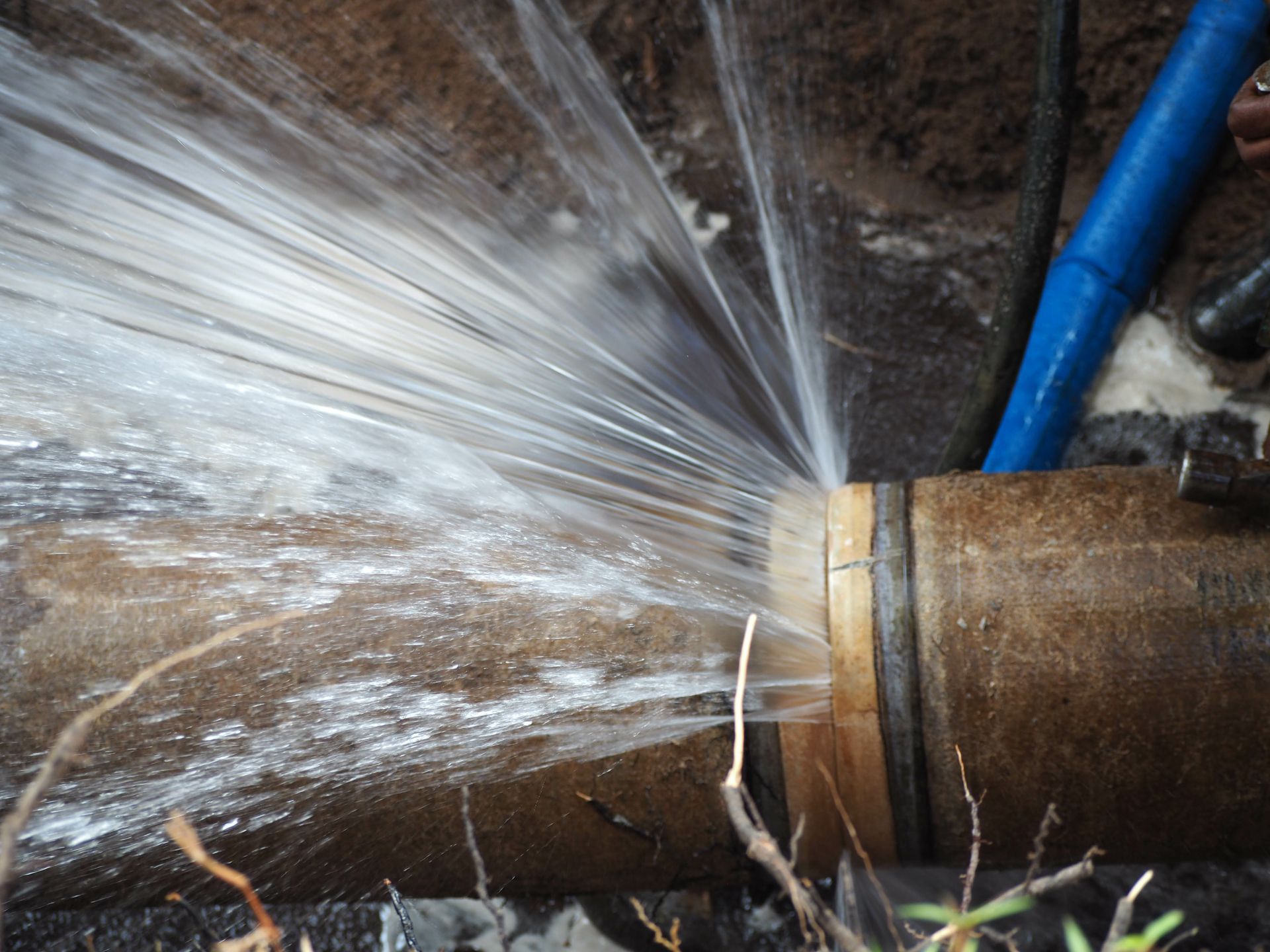Condensate Leaks – Big Problems Easily Solved
Maybe you have noticed the beginning of a strain on your dining room ceiling. Or, maybe you hear a "drip, drip, drip" above your bedroom ceiling during the night. These are the warning signs of a condensate leak in your attic air conditioning system. This is one of those situations which requires immediate attention if you want to avoid a messy problem.
Moisture in the form of condensate is a byproduct of the cooling process in your air conditioning system. When everything is working properly, the condensate runs from the evaporate coil into a drain pain, then exits through a drain line. Occasionally, that drain line becomes clogged and the condensate either exits through a secondary drain, or overflows onto your ceiling. As you can imagine, your ceiling isn't designed to hold water and at some point, it will cave in.
Condensate drains go largely unused during the heating season and it is common for them to become clogged by algae, spider webs, etc. when they are not being used. Now that the cooling season has arrived, we get frequent calls from homeowners who are seeing the early signs of leaks. Once the clog is removed, we use a mixture of bleach and water to keep the drain clear. However if this treatment is not repeated at least twice a year, drain clogs are likely to be a problem again. Homeowners who wish to be proactive can perform this preventive treatment themselves.
If you need a quality company to stop the "drip, drip, drip" please give contact us.



